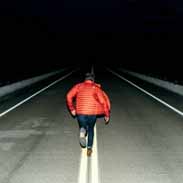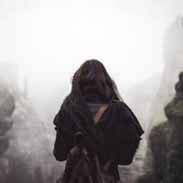Pieter Bruegel The Elder Flashcards, test questions and answers
Discover flashcards, test exam answers, and assignments to help you learn more about Pieter Bruegel The Elder and other subjects. Don’t miss the chance to use them for more effective college education. Use our database of questions and answers on Pieter Bruegel The Elder and get quick solutions for your test.
What is Pieter Bruegel The Elder?
Pieter Bruegel the Elder was a Flemish Renaissance painter who is renowned for his landscapes and peasant scenes. His paintings are recognized for their vibrant colors, intricate details, and stunning compositions. He has been credited as the inventor of genre painting, a form of painting that focuses on everyday life instead of religious or mythical figures. Bruegel’s works reflect his keen observation of nature as well as his deep understanding of human psychology and emotion. His style is often described as narrative realism because he aimed to capture everyday scenes with accuracy in order to tell stories about the people living in them.Bruegel was born in Breda, Netherlands, around 1525 and likely received some early artistic training from his father, a master builder and sculptor. He later moved to Antwerp where he studied under leading painters such as Pieter Coecke van Aelst and Hieronymus Bosch before becoming an independent artist around 1552. He quickly established himself as one of the most important artists in Flanders at the time through his innovative landscapes and peasant scenes that showcased great technical skill combined with strong emotional content. Some of his most famous works include The Tower of Babel (1563), Hunters in the Snow (1565), The Peasant Wedding Feast (1567), and The Peasant Dance (1568). Bruegel’s artworks were highly influential during both his lifetime and beyond; many artists sought to emulate or interpret them including Jan Brueghel II, Peter Paul Rubens, Rembrandt van Rijn, Jacob Jordaens, Adriaen Brouwer, Joos de Momper II, Jan Davidszoon de Heem among others. Furthermore scholars credit him with introducing landscape painting into early European art history by making it more than just background scenery for mythical or religious events but rather a narrative device capable of conveying complex emotions that can be explored by viewers from different perspectives.













